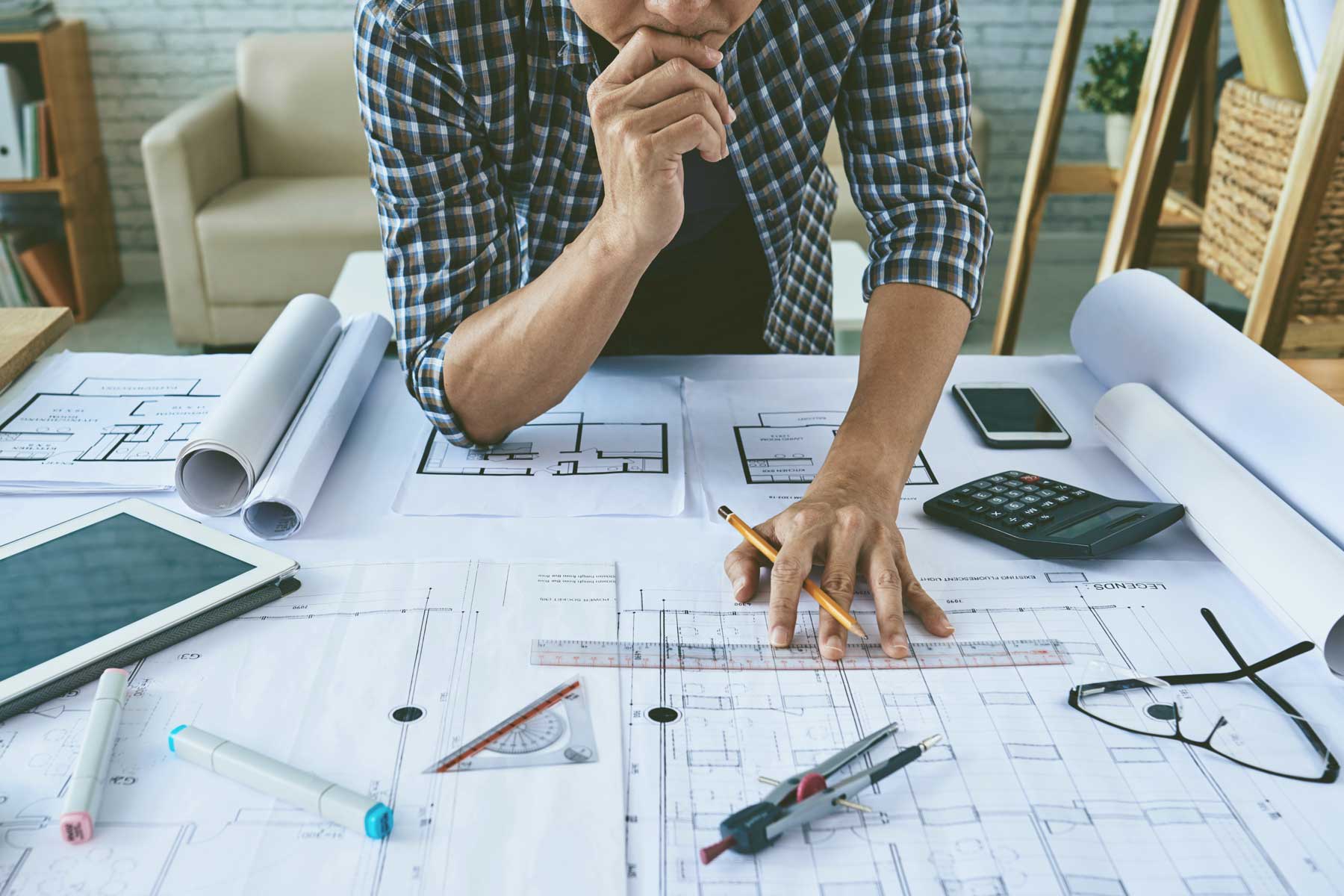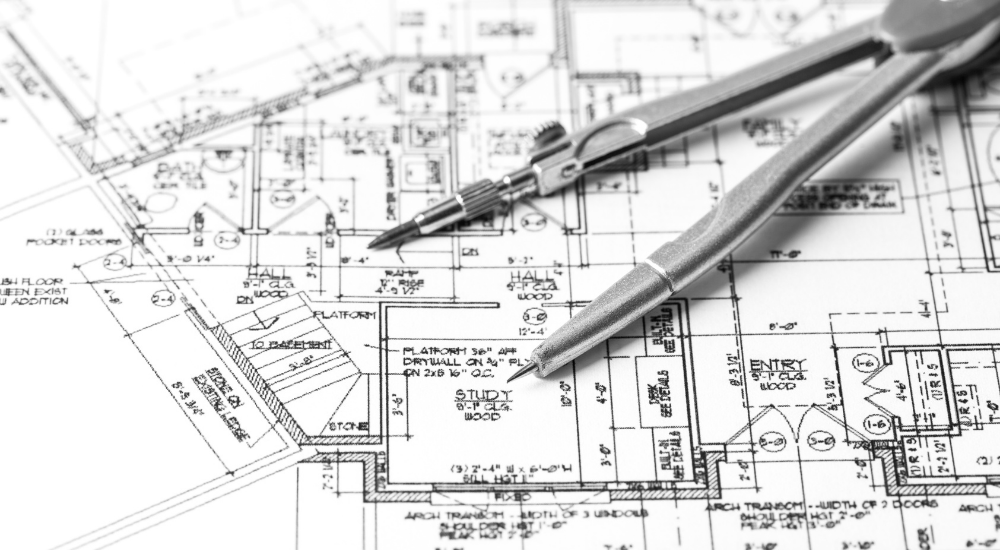The Role of Sustainability and Modern Technology in Modern Architect Practices
Sustainability and technology are improving contemporary architecture in means you may not expect. By welcoming wise innovations and green materials, engineers are not just developing structures; they're crafting environments that improve our lifestyle. This change isn't practically looks or performance; it's concerning establishing a responsible technique to our planet's future. What's driving this improvement, and how can these modifications influence your neighborhood?
The Significance of Lasting Style
Lasting style is essential not just for the atmosphere yet additionally for enhancing our top quality of life. When you welcome lasting design, you're not just decreasing your carbon footprint; you're creating spaces that advertise wellness and health.
Moreover, sustainable style usually brings about more powerful neighborhoods. When buildings are made with environmentally friendly practices, they can inspire others to adhere to match, promoting a culture of sustainability. You'll notice increased residential property values and a greater feeling of pride in your surroundings.
Last but not least, by focusing on sustainability, you're buying the future. You're guaranteeing that future generations enjoy a much healthier world and vibrant areas. So, when you consider your following job, think concerning exactly how lasting design can elevate your life and those around you.
Cutting-edge Materials Transforming Structure Practices
As you explore cutting-edge products in architecture, you'll locate that biodegradable construction products are improving exactly how we consider sustainability. Recycled web content advancements are giving new life to waste, while clever material modern technologies improve building effectiveness. These advancements not just promote eco-friendliness however also push the limits of layout.
Naturally Degradable Construction Products
While traditional building products frequently add to environmental destruction, naturally degradable construction materials are becoming a viable option that changes building techniques. You can explore options like bamboo, hempcrete, and mycelium, which not just reduce waste but additionally promote sustainability. These materials break down naturally at the end of their lifecycle, lessening land fill payments. By integrating naturally degradable alternatives right into your designs, you're not simply boosting visual allure; you're also making a positive effect on the planet. Plus, they typically call for much less power to generate, better decreasing your task's carbon impact. As you adjust to these cutting-edge products, you'll discover that they use durability and versatility, enabling you to create frameworks that straighten with modern-day worths of sustainability and obligation.
Recycled Web Content Technologies
Recently, ingenious materials with high recycled content have revolutionized structure methods, providing designers exciting brand-new alternatives - Architect. You can now include materials like recycled steel, which not just lowers waste however also flaunts remarkable stamina. Recycled glass is another superb option, supplying visual appeal while decreasing environmental influence

Smart Material Technologies
Smart product modern technologies are reshaping the method you think of building methods, using vibrant solutions that adapt to altering conditions. These ingenious products, such as self-healing concrete and thermochromic glass, boost structure performance and sustainability. When harmed-- these advancements are no longer just ideas, envision frameworks that can readjust to temperature level changes or repair themselves. By integrating wise products, you can produce energy-efficient layouts that react to their environment, lowering overall energy intake. The ability to adjust and monitor in real-time streamlines maintenance and lengthens the life expectancy of buildings. As you welcome these innovations, you're not simply innovating; you're adding to a more sustainable future in design, combining functionality with environmental duty.
The Integration of Smart Technologies in Design
As technology advances, integrating wise solutions right into architectural layout ends up being important for developing effective and sustainable rooms. You can integrate clever technologies like constructing management systems, which optimize power use and boost passenger comfort.
Including Web of Points (IoT) devices enables seamless interaction among numerous building systems, enabling you to make data-driven choices that boost functionality. Smart materials that reply to ecological adjustments can even more improve your layout, giving dynamic services to ever-changing problems.
Power Performance and Renewable Power Solutions
While many designers concentrate on aesthetics, prioritizing energy effectiveness and eco-friendly power services is necessary for lasting layout. You can begin by including easy solar layout, which maximizes all-natural light and heat, decreasing reliance on artificial lighting and furnace. Utilize high-performance insulation and energy-efficient windows to minimize power loss.
Do not forget renewable resource systems-- mount photovoltaic panels or wind generators to produce clean energy on-site. You can also consider incorporating geothermal home heating and cooling down systems for a much more lasting temperature policy.
By picking energy-efficient appliances and illumination, you'll not only decrease energy intake however likewise lower functional expenses for developing occupants.
Incorporating these concepts into your designs not just benefits the environment yet likewise enhances the structure's appeal and worth. Eventually, your commitment to power effectiveness and renewable resource will establish your jobs apart in an open market.
Water Preservation Techniques in Modern Architecture
Integrating water conservation approaches into modern style is necessary for creating lasting buildings that decrease environmental influence. You can accomplish this by incorporating rainwater harvesting systems, which accumulate and store rainfall for irrigation and non-potable uses. Implementing low-flow fixtures and clever irrigation systems additionally decreases water intake, guaranteeing reliable usage throughout the structure.
Take into consideration utilizing drought-resistant landscape design, which requires much less water and advertises biodiversity. Incorporating absorptive paving products enables rain to infiltrate the ground, minimizing drainage and recharging groundwater materials.
Additionally, setting up greywater recycling systems can repurpose water from sinks and showers you can find out more for commode flushing or watering, further conserving resources.
The Effect of Biophilic Layout on Health
Biophilic layout brings nature indoors, and you'll discover its positive impacts on your wellness and joy. By enhancing indoor air quality and connecting you with all-natural components, these rooms can change i thought about this your day-to-day experience. Let's check out exactly how incorporating these functions can increase your overall well-being.
Nature's Influence on Health and wellness
When you incorporate components of nature into your environments, it can considerably enhance your psychological and physical health and wellness. Biophilic design, which highlights natural light, plants, and natural products, promotes a feeling of connection to the outdoors. Welcoming biophilic style is an action toward a much healthier lifestyle.
Enhancing Indoor Air Top Quality
While many individuals concentrate on aesthetic appeals and performance in style, enhancing indoor air quality plays a vital function in your general wellness. By integrating biophilic layout elements, you can enhance air quality naturally. Focusing on these facets in your layout will certainly not only raise your area but also advertise a feeling of calmness and well-being.
Connection With All-natural Aspects
When you get in touch with natural components in your room, you not only enhance its visual appeal yet likewise considerably improve your wellness. Biophilic design motivates you to incorporate attributes like plants, all-natural light, and natural materials. These components create a relaxing atmosphere, lowering stress and anxiety. Study shows that being around nature can enhance your state of mind and cognitive function, helping you really feel much more focused and effective. You could see much better air quality and increased convenience when you invite the outdoors inside. Easy changes, like adding a living wall surface or huge windows, can exceptionally affect your experience (Architect). Inevitably, integrating nature into your setting leads you to a healthier, happier way visit of life, promoting a deeper link to the world around you.
Future Trends in Sustainable Architectural Practices
As the globe faces pressing ecological obstacles, designers are progressively accepting innovative strategies to sustainability that redefine exactly how we design and construct. You'll see a surge in biophilic layout, integrating nature into urban spaces to enhance wellness and lower power usage. Smart technologies, like AI and IoT, are enhancing power management in buildings, optimizing resource usage, and minimizing waste.
Furthermore, modular construction is acquiring grip, permitting for quicker, more reliable structure procedures while decreasing environmental impact. Making use of lasting materials, such as redeemed timber and recycled steels, is becoming basic method. As you check out these trends, expect a shift towards circular design, emphasizing the lifecycle of materials and advertising reuse and recycling.
These forward-thinking approaches not just address ecological concerns yet likewise develop much healthier, extra resistant areas. By remaining educated regarding these trends, you can help form a sustainable future in design.
Regularly Asked Questions
How Can Sustainability Affect Project Budget Plans and expenses?
Sustainability can substantially influence task costs and budget plans. You may discover that preliminary financial investments in green materials or technologies cause lasting savings through energy effectiveness, minimized waste, and possible government motivations, inevitably balancing the general expenditures.
What Certifications Exist for Lasting Style?
You'll locate a number of certifications for lasting style, including LEED, BREEAM, and the Living Building Difficulty. These qualifications assist you demonstrate your commitment to sustainability and can boost your project's integrity and interest customers.
Exactly How Does Regional Culture Impact Sustainable Design?
Regional culture shapes sustainable style by showing community worths, customs, and products. You'll locate that integrating regional looks and techniques not only respects heritage however also improves the performance and approval of your architectural jobs.
What Duty Does Client Education And Learning Play in Lasting Practices?
Client education's crucial for promoting lasting techniques. When you notify clients concerning benefits, costs, and environmental influences, you equip them to make informed choices, promoting a collaborative strategy that boosts the job's overall sustainability.

How Can Architects Measure the Success of Sustainability Initiatives?
You can gauge the success of sustainability efforts by tracking power intake, reviewing material efficiency, and celebration feedback from customers. Routine audits and comparisons against standards will aid you fine-tune your techniques and showcase enhancements properly.
By incorporating clever materials, you can produce energy-efficient designs that respond to their atmosphere, minimizing total energy usage.While lots of designers concentrate on aesthetics, prioritizing energy efficiency and renewable energy services is essential for sustainable design. Biophilic design, which emphasizes natural light, plants, and natural materials, promotes a sense of link to the outdoors. Biophilic layout encourages you to integrate functions like plants, natural light, and natural products. As you discover these fads, anticipate a shift towards round layout, highlighting the lifecycle of materials and promoting reuse and recycling.